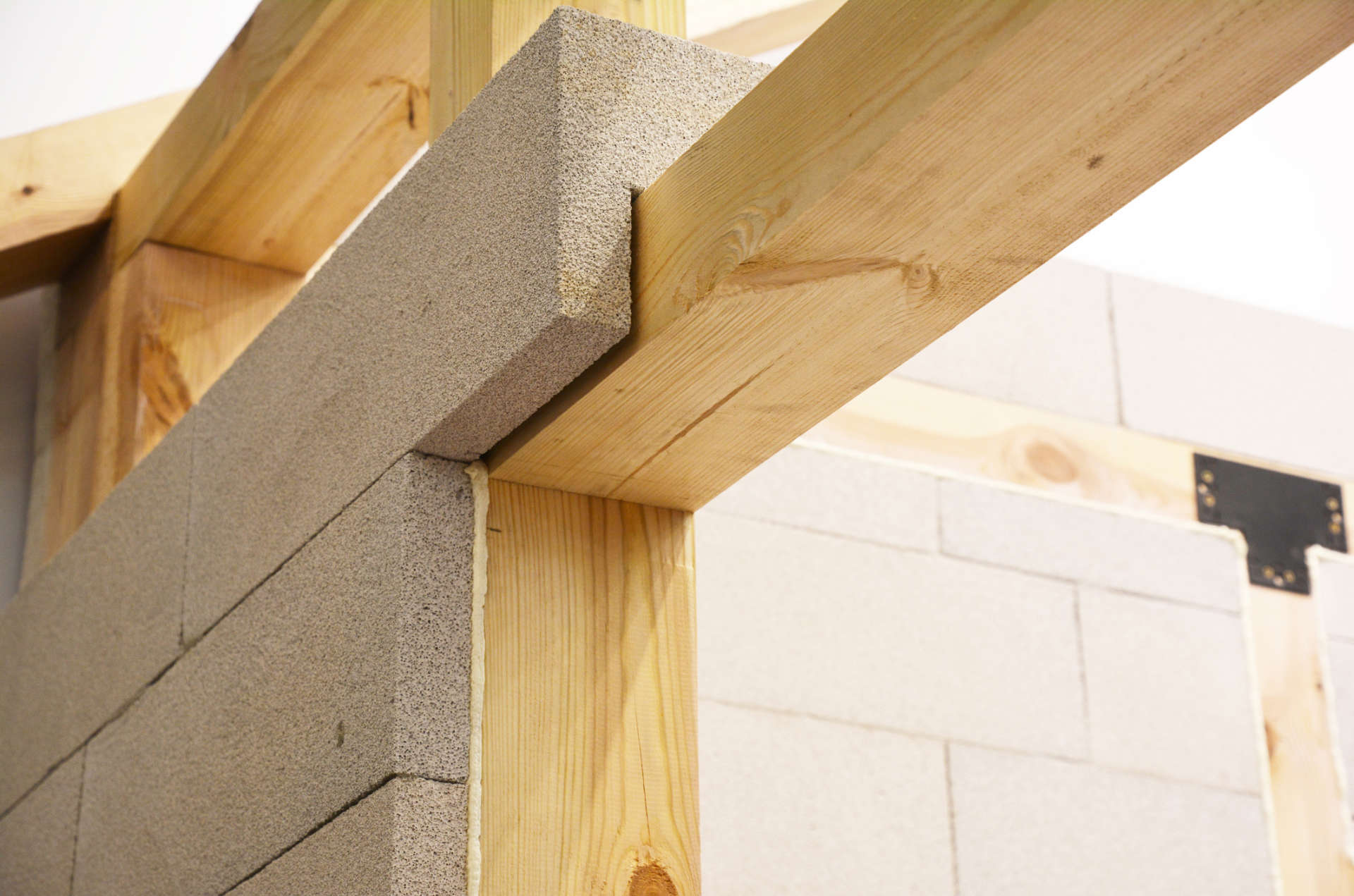Lintels are available in various shapes, sizes, and a wide range of different materials. However, the most common types of Lintels are stone, wood, concrete, and in an older building, you will even come across some steel lintels. Regardless of the type of lintel replacement or its material, if not installed correctly, a lintel could fail, and this will result in structural problems within your building project.
Wood
Wood is easy to machine, fabricate and make into any shape. In addition, it is a relatively affordable material making it a popular choice to make Lintels. However, one of the significant drawbacks of using wood is that wood is susceptible to moisture, and as the lintel dries, it may shrink, which causes cracking and damage to the lintel.
Stone
Another natural alternative is to make use of stone. Stone has been used for decades and even predates the use of wood when it comes to construction and lintel repair. Stone is strong by nature, but its strength is difficult to calculate; as it is a natural material, it could have a crack or hollow-core, and this can only really be determined when it has to take the load.
Concrete
When it comes to construction, the most versatile material used is concrete. In the building industry, floors, blocks, walls, and of course, Lintels are all manufactured in concrete. Concrete lintels offer great structural support and are even reinforced with steel rods to increase strength. If you need a lintel repair or lintel replacement, concrete lintels are easily made on-site or readily available from construction stores. Because of the versatility of concrete, these are available in almost any size.
Steel
Steel lintels are no longer as commonly used today as they once were, mainly due to the price of steel versus some other materials such as concrete. However, many Steel lintels are still present in older buildings and even still used today where an unusual shape is required or if a steel lintel repair is needed and still needs to be particularly strong. Steel can also be welded, bent, and manipulated into any position required. Some causes as to why a lintel may fail.
Structural movement
Settlement and uplift can cause building components such as lintels to move, and structural movement will potentially cause a lintel to fail. This is especially evident if one side moves, placing more pressure on the other side and resulting in severe diagonal cracking and ultimately failure in the lintel repair.
Moisture
Moisture ingress and moisture itself can cause significant problems with Lintels. Three out of four materials mentioned here are adversely affected by moisture. Therefore, excessive moisture can cause lintel failure, but it will also exacerbate other issues for the entire project.
Summary
When deciding which lintel is the best to use, albeit for lintel replacement or lintel repair it is better to consider what the specific project requires. All lintels have advantages and disadvantages, and depending on your project, you will select the material with the most benefits. If you are not sure which type of lintel will be best for you, please don’t hesitate to contact us, and one of our trained personnel will gladly assist you and answer any questions you may have.






